Overview
Map
Other Details
دير مار أنطونيوس البادواني
Baabdat
Metn
Mount Lebanon
دير مار أنطونيوس البادواني - بعبداتعلى إثر أحداثٍ ألمّت بأهل بعبدات، إنضمّ العديد منهم إلى الكنيسة الغربيّة اللاتينيّة أواخر القرن التاسع عشر. تلبيةً لحاجاتهم الروحيّة ولأجل تأسيس رعيّة لهم، بنى الآباء الكبوشيّون ديرًا ومدرسةً سنة ١٩٠٠. زيّنوا الكنيسة بجداريّات بديعة على النسق الإيطاليّ السائد في تلك الفترة.The monastery of St Anthony of Padua - BaabdateAfter sectarian conflicts between the villagers of Baabdate, many of them joined the Roman Catholic Church in the late XIXth century. To serve them spiritually a congregation of Minor Friars built a house, a school, and a parish church in 1900. The church was decorated with Italian styled frescoes.
Visited 2556 times, 9 Visits today



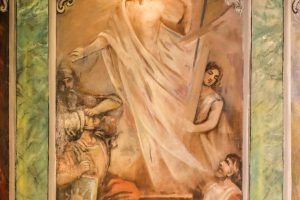
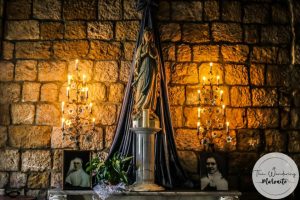
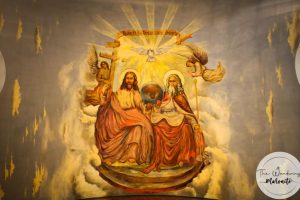








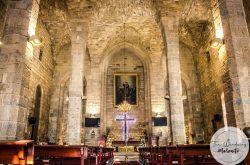
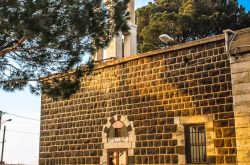
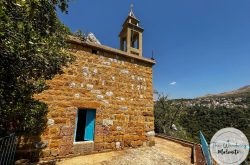
Reviews are disabled, but trackbacks and pingbacks are open.